Top 5 Roofing Materials for Florida Homes: Pros and Cons
July 17, 2025
Top 5 Roofing Materials for Florida Homes: Pros and Cons for your new roof
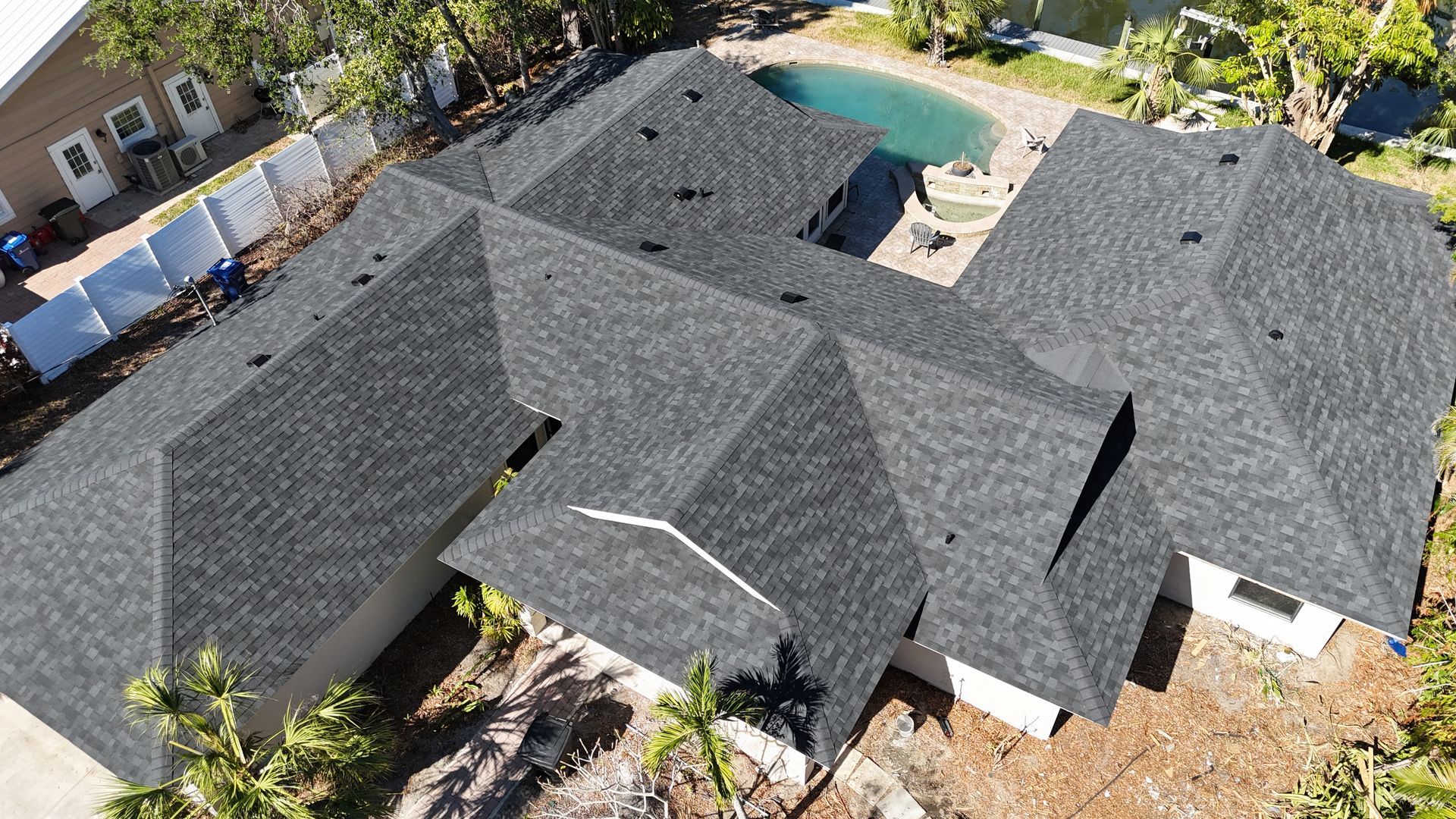
When you live in Florida, your roof isn't just about curb appeal—it's your home’s first line of defense against relentless sun, heavy rain, humidity, and hurricanes. Choosing the right roofing material can mean the difference between long-term durability and costly repairs. Here are the top five roofing materials for Florida homes, with a breakdown of their pros and cons in this unique climate.
1. Metal Roofing
✅ Pros:
Hurricane Resistant: Metal roofs can withstand wind speeds up to 140–160 mph, ideal for Florida’s storm season.
Long Lifespan: Lasts 40–70 years with proper maintenance.
Reflects Heat: Excellent for energy efficiency in Florida’s hot climate.
Mold & Mildew Resistant: Doesn’t absorb moisture, reducing mold risk.
❌ Cons:
Upfront Cost: More expensive initially than asphalt shingles.
Noise: Can be noisy during heavy rain without proper insulation.
Potential for Denting: Hail or falling branches can leave marks.
🏠 Best For: Coastal or hurricane-prone areas where wind resistance is a top priority.
2. Clay or Concrete Tile Roofing
✅ Pros:
Durability: Can last 50+ years with minimal maintenance.
Fire & Pest Resistant: Offers added protection in Florida’s tropical conditions.
Excellent Ventilation: Allows airflow beneath tiles, helping with cooling.
Classic Florida Style: Complements Mediterranean and Spanish architecture.
❌ Cons:
Heavy Weight: May require additional roof support.
Fragility: Can crack if walked on or hit by debris.
Higher Installation Cost: More labor-intensive to install.
🏠 Best For: Homeowners seeking long-term performance and traditional Florida aesthetics.
3. Asphalt Shingles
✅ Pros:
Affordable: Lowest upfront cost of all roofing types.
Quick Installation: Easy to replace or repair.
Variety of Styles: Comes in a range of colors and textures.
❌ Cons:
Shorter Lifespan: Typically lasts 15–20 years in Florida’s harsh conditions.
Susceptible to Wind Damage: High winds can lift or rip off shingles.
Heat Absorption: Less reflective, which may raise cooling costs.
🏠 Best For: Budget-conscious homeowners or those planning to sell in the near future.
4. Modified Bitumen (Flat Roofs)
✅ Pros:
Great for Flat or Low-Slope Roofs: Common in modern or commercial-style homes.
Water Resistant: Sealed seams provide strong waterproofing.
UV Reflective Coatings Available: Reduces heat absorption.
❌ Cons:
Not Aesthetic: Less attractive than other roofing types.
Maintenance Needed: Should be inspected annually for damage or leaks.
🏠 Best For: Florida homes with flat roof designs or rooftop decks.
5. Slate Roofing
✅ Pros:
Extremely Durable: Can last over 75 years.
Fireproof & Mold Resistant: Ideal in Florida’s wet, hot climate.
Elegant Appearance: Boosts property value and curb appeal.
❌ Cons:
Very Heavy: Requires a structurally reinforced roof frame.
Expensive: High cost of materials and specialized installation.
Difficult Repairs: Replacement tiles can be costly and hard to match.
🏠 Best For: High-end homes where aesthetics, durability, and long-term value are a priority.
Conclusion: What’s Best for Florida Homes?
For most Florida homeowners, metal roofing and tile roofing strike the best balance between weather resistance and long-term value. Metal roofs are unbeatable for wind and hurricane protection, while tile offers timeless style and exceptional heat resistance. Asphalt shingles may appeal to those looking for a lower-cost option, but they may require more frequent repairs or replacement in Florida’s climate.
Choosing the right roofing material is a big decision, especially in a state where the weather can turn extreme. Consider your budget, aesthetic preferences, and how long you plan to stay in your home—and don’t hesitate to consult a local roofing expert who understands Florida’s specific climate challenges.
📞 Need help choosing the right roof for your Florida home? Contact Bold Roofing today for a free consultation and estimate.
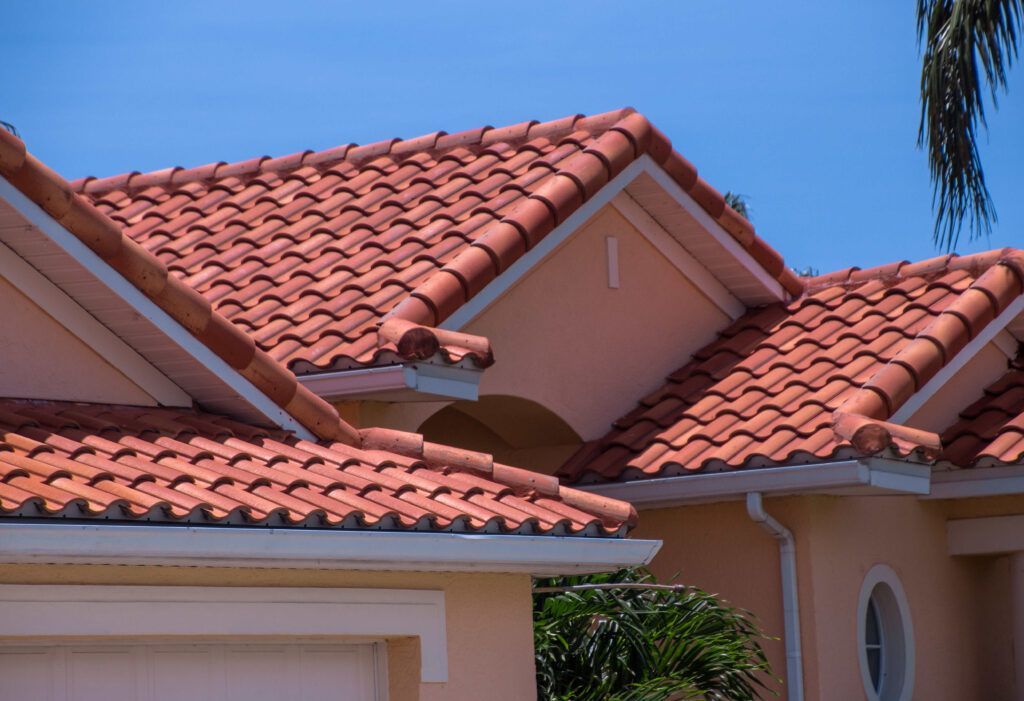
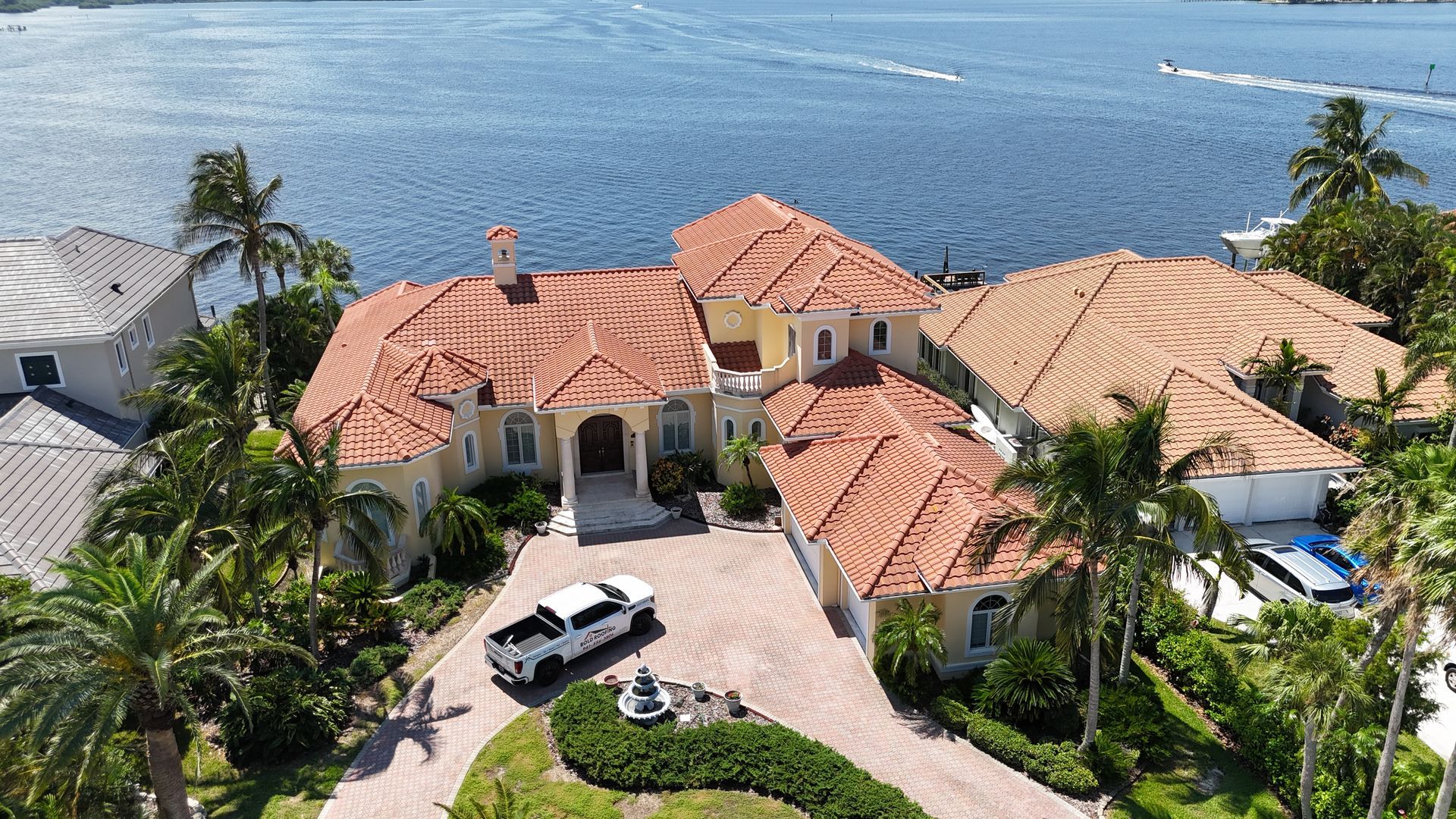
As spring rolls into summer, Florida homeowners know it’s time to brace for hurricane season. With powerful storms capable of causing extensive damage, your roof—your home’s first line of defense—needs to be ready. Don’t wait until a storm is brewing in the Atlantic to start preparing. Use this seasonal checklist to ensure your roof can weather the wind, rain, and flying debris that hurricanes bring. ✅ Hurricane Roof Readiness Checklist 1. Schedule a Professional Roof Inspection Before storm season starts, have a licensed roofing contractor inspect your roof for: Loose or missing shingles Damaged flashing or seals Weak spots or sagging areas Signs of water damage or leaks A professional eye can catch small problems before they become major failures in a storm. 2. Clear Gutters & Downspouts Clogged gutters can cause water to back up onto your roof, increasing the risk of leaks and structural damage. Clean out debris and ensure downspouts are directing water away from your foundation. 3. Secure Loose Shingles or Tiles High winds can rip loose roofing materials right off, creating an entry point for water. Replace or resecure any loose shingles or tiles now—before the wind has a chance to get under them. 4. Trim Trees & Remove Overhanging Branches Branches near your roof can break and fall during a storm, causing major damage. Trim back any limbs that hang over or near your roof, and remove any dead or weak trees from your yard. 5. Check Roof Anchors & Hurricane Straps If your roof was installed with hurricane straps or other tie-down systems, make sure they’re intact and properly secured. These reinforcements can help keep your roof in place during high winds. 6. Inspect Attic Ventilation & Insulation Proper attic ventilation helps reduce moisture buildup and keeps pressure from building up under your roof during a storm. Check vents for blockages and make sure your insulation is dry and intact. 7. Document Your Roof’s Condition Take photos of your roof before hurricane season. If you need to file an insurance claim after a storm, having “before” images can help streamline the process and support your case. Pro Tip: Upgrade to Impact-Resistant Materials If your roof is aging or you're considering a replacement, ask your contractor about impact-resistant shingles or metal roofing systems designed for hurricane-prone areas. These options may also qualify you for insurance discounts. Final Thoughts Hurricane season in Florida typically runs from June 1 to November 30, but preparation should start well before the first storm forms. Use this checklist each spring to ensure your roof is storm-ready—and give yourself peace of mind during hurricane season. If you're unsure about the condition of your roof or need help with an inspection, don’t hesitate to contact Bold Roofing of Lakewood Ranch, FL. Being proactive today could save you thousands tomorrow.

Florida may be a paradise, but it comes with its share of weather challenges—blazing sun, tropical storms, hurricanes, and heavy rains. If you're a Florida homeowner, your roof is your first line of defense against it all. At [Your Roofing Company Name], we're here to help you protect your investment and keep your family safe. 1. Florida’s Harsh Climate Demands a Strong Roof From relentless UV rays to high winds, Florida’s climate can take a toll on roofing materials. Asphalt shingles, tile, and metal roofs are common here, but each has its strengths and weaknesses under local conditions. Routine inspections and proper maintenance are key to ensuring your roof holds up over time. 2. Hurricane Season Isn’t the Time to Discover a Leak Hurricane season runs from June to November, but roof preparation should start well before then. A small leak now can turn into a major issue during a storm. Our team offers pre-hurricane roof inspections, helping you catch vulnerabilities before they lead to costly damage. 3. Signs You Might Need a Roof Repair or Replacement If you notice any of these signs, it’s time to call a professional: Curled or missing shingles Water stains on ceilings or walls Granules in gutters Sagging areas or soft spots Mold or mildew buildup We offer free roof inspections to help you understand exactly what your roof needs—nothing more, nothing less. 4. Choosing a Florida Roofing Contractor You Can Trust Not all roofers are created equal. Here’s what to look for: Licensed & Insured: Always verify credentials. Local Experience: We understand Florida codes and weather. Warranties: Workmanship and material warranties offer peace of mind. Customer Reviews: Testimonials tell the real story. At Bold Roofing, we pride ourselves on honesty, quality workmanship, and timely service. 5. Financing Options Available A new roof is an investment—but it doesn’t have to break the bank. We offer flexible financing plans, including no-interest options for qualified homeowners. Contact Us Today for a Free Estimate Whether you need a repair, replacement, or just peace of mind before the next storm, our expert Florida roofing team is ready to help. Call [Phone Number] or fill out our online contact form for a free, no-obligation roof inspection. Bold Roofing Your Trusted Florida Roofer 📍 Serving Lakewood Ranch, Bradenton, Sarasota and surrounding Cities.
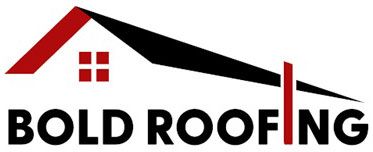

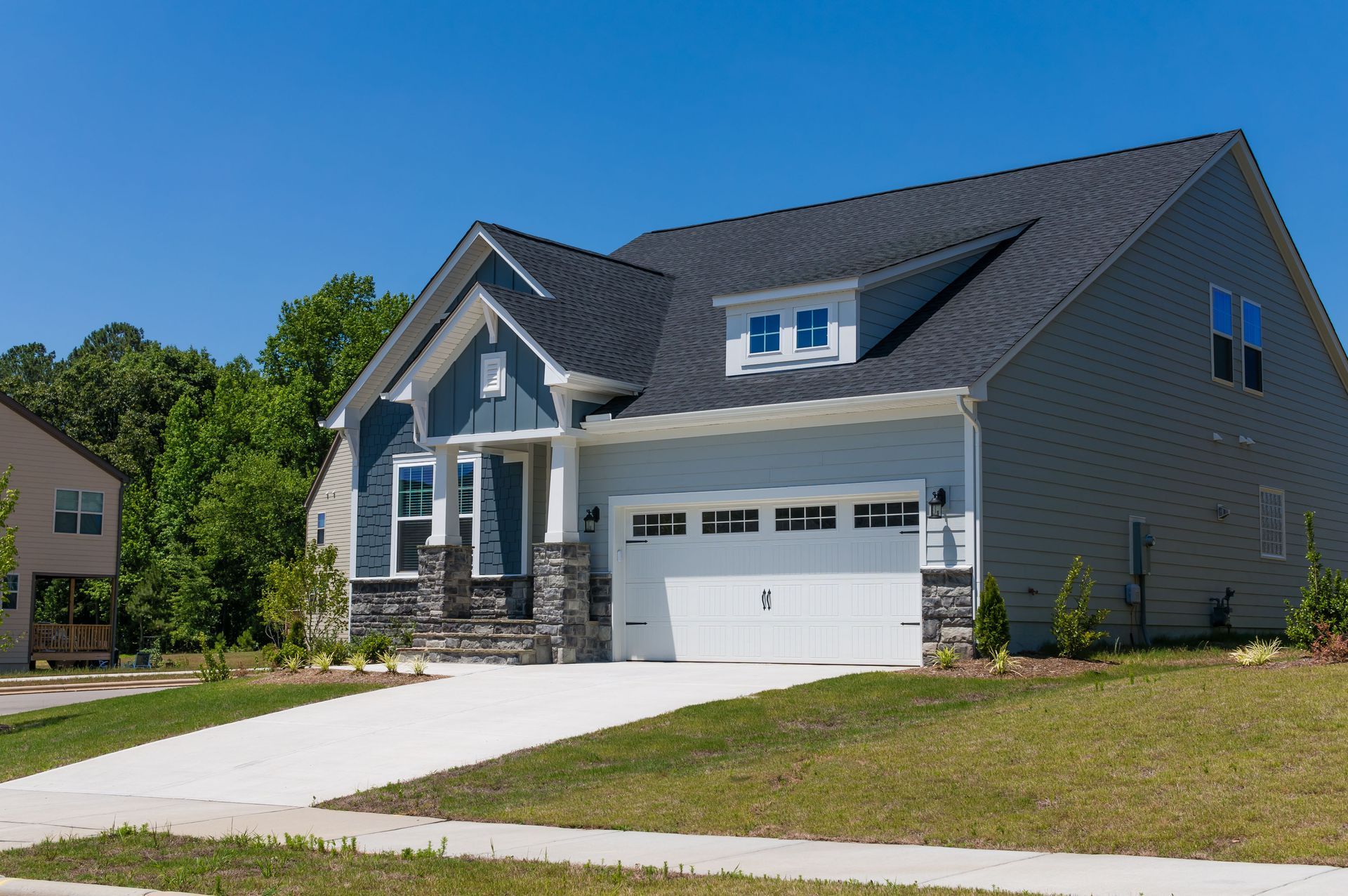

Share On: